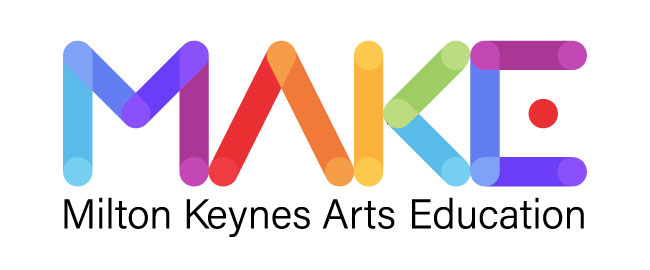Part 2: 10 Top Tips: How to teach maths through the performing arts
|
We recently posted the first installment in our Top 10 Tips, how to teach maths through the performing arts blog. Written by Stuart Barter, an Artis Specialist, these final 5 tips are great for breathing some life in to maths lessons in your school.
6. Acting & Maths week. A whole-school themed week can greatly raise the status and profile of any topic, or subject area. This can permeate outside the classroom too. I have visited schools where, for one week, all children wear a sticker with a different maths problem, which can lead to all sorts of games; maybe you can only speak to somebody if you can solve the problem, maybe each child’s name becomes the answer to that problem, and they are known as “7”, for the day! The children could devise plays for assembly under the title “Maths in Action”, illustrating the practical uses of maths. A themed week of this kind, infused with the performing arts, becomes a huge talking point right across the school community, and puts maths on the front page.
7. Using the power of music. Rhythm and pulse provide a great backdrop for counting, and number games. Younger children can count round the circle, keeping with the pulse, perhaps going up to ten then back. For older children this can become more demanding, maybe they count in prime numbers, or replace all multiples of 3 with a clap. Use a backing track to make this even more lively and enjoyable. The children could even sing the numbers in the sequence
8. Geometry is everywhere. Can the children identify the different shapes and angles in objects found in and outside the classroom? Perhaps they can measure and record the shapes and angles they find in nature, and use them to create a piece of abstract art, or a “still life”. This will help make the link between the mathematical principles of shape, and the aesthetic principles of composition.
9. Finding maths in stories. There are bound to be opportunities for maths in most books you read together as a class. Find these opportunities, and the narrative context will give the work added purpose and relevance. Could the children attempt to re-build Ted Hughes’ Iron Man? Give the children a number of pieces of metal of different weights to assemble The Iron Man. Then stipulate the Iron Man’s weight. The children may have to cut down (divide) some of the pieces to make the final weight. This could be a problem on paper, or a real arts and crafts challenge!
10. Maths Adventures. Take your maths lessons out of the classroom and send your children on a maths-based treasure hunt around the school. Hide clues in various locations that require maths to find the next clue, for example; “Turn 90° to the right, take 10 ÷ 2 steps forward, and look in the bush!”. Bring this to life yet further by setting up the game in role, perhaps you are a Pirate King, challenging your crew to see who can find the treasure first! Again, the drama context helps motivate the children, and improves their confidence.
Schools are hugely pressured by the need to attain the right results in SATs; this makes it more important than ever to emphasise the wide applications of maths, and the enjoyment inherent in it. Sometimes drawing attention away from the test can help children understand why these core concepts are useful and relevant.
Try these tips in your school and use the arts to breathe new life into your maths lessons, improving your children’s confidence in maths, and your own pleasure and joy in teaching.
We’d love to hear how you get on! Tweet @artisedu or email dingong@artiseducation to let us know! |
14 Oct 2013 |
















